Home>Home Maintenance>What To Do If The Buyer Doesn’t Like The Home Inspection
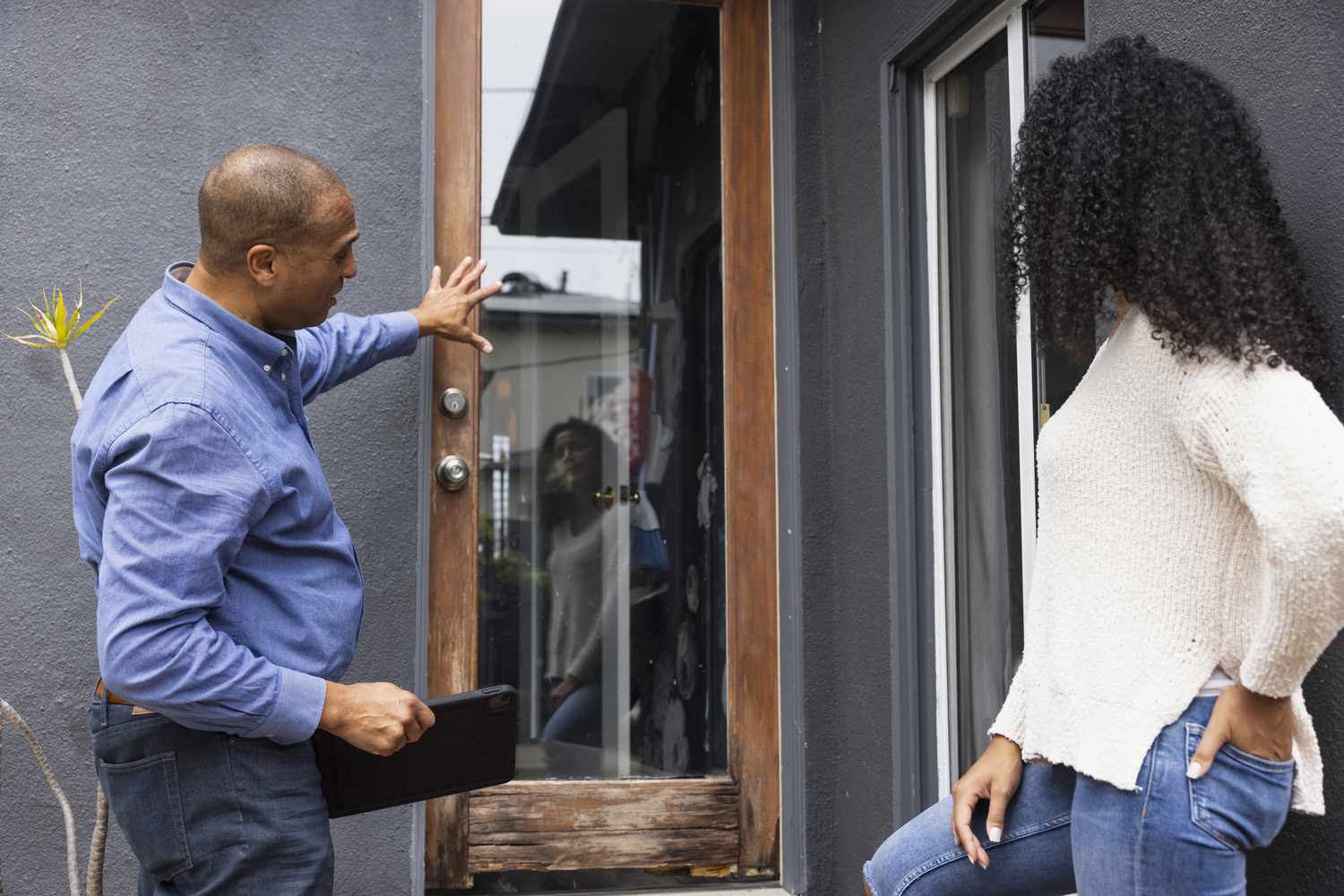

Home Maintenance
What To Do If The Buyer Doesn’t Like The Home Inspection
Modified: March 6, 2024
Learn what steps to take if a buyer is unsatisfied with the home inspection. Discover important tips for handling home maintenance issues promptly and effectively.
(Many of the links in this article redirect to a specific reviewed product. Your purchase of these products through affiliate links helps to generate commission for Storables.com, at no extra cost. Learn more)
Introduction
Buying a home is an exciting and fulfilling experience, but it can also come with its fair share of challenges. One such challenge is when the buyer doesn’t like the results of the home inspection. A home inspection is a crucial part of the home buying process, as it helps identify any issues or concerns with the property that may not be visible to the naked eye.
When the buyer receives the home inspection report and discovers issues they were not aware of or feel are deal-breakers, it can create a sense of uncertainty and a need for further action. As a seller, it’s essential to understand how to handle this situation effectively and navigate through it while maintaining a positive and successful home sale.
In this article, we will explore the steps you can take if the buyer doesn’t like the home inspection results. We will discuss how to review and address minor issues, negotiate major repairs, consider repair credits or price adjustments, renegotiate the purchase agreement, seek professional opinions or second inspections, explore alternative solutions, understand the legal rights and obligations, and communicate effectively with the buyer. By following these steps, you will be equipped with the knowledge and strategies to navigate through the situation confidently.
Now, let’s dive into the home inspection process and how to address any concerns that may arise.
Key Takeaways:
- Address minor issues promptly to show your commitment to maintaining the property and alleviate the buyer’s concerns. This demonstrates proactive care for the home’s condition.
- Negotiate major repairs with fairness and transparency, considering repair credits, price adjustments, or alternative solutions. Effective communication and understanding the legal framework are crucial.
Understanding the Home Inspection Process
The home inspection process is an essential step in the home buying process. It involves hiring a professional home inspector to evaluate the condition of the property and identify any potential issues or repairs needed. The inspector will thoroughly examine various aspects of the home, including the structure, electrical and plumbing systems, HVAC system, roof, foundation, and more.
During the inspection, the home inspector will create a detailed report highlighting any defects or concerns they discover. This report will serve as a valuable tool for both the buyer and the seller. For the buyer, it provides a comprehensive understanding of the property’s condition and can influence their decision to move forward with the purchase. For the seller, it offers an opportunity to address any issues or negotiate repairs to ensure a smooth transaction.
As a seller, it’s important to familiarize yourself with the home inspection process and what it entails. By understanding the process, you can better navigate through any challenges that may arise and effectively communicate with the buyer.
Firstly, it’s important to note that a home inspection is not an appraisal. While an appraisal determines the market value of the property, the home inspection focuses on the physical condition of the home. The inspector’s role is not to provide a pass or fail grade but rather to identify any areas of concern.
During the inspection, the home inspector will assess various areas of the home, including the exterior, interior, roof, attic, insulation, plumbing, electrical, HVAC system, and more. They will look for signs of damage, wear and tear, safety hazards, and any issues that may require attention.
Once the inspection is complete, the inspector will provide a detailed report outlining their findings. This report will typically include descriptions of any defects or concerns, along with recommended actions for addressing them. It may also include photographs to provide visual evidence of the issues.
With this understanding of the home inspection process, you can proceed to the next step of reviewing the home inspection report and addressing any minor issues.
Reviewing the Home Inspection Report
Once the home inspection is complete, the home inspector will provide a detailed report outlining their findings. This report is a crucial document that both the buyer and the seller need to review carefully. As a seller, it’s important to approach the review process with an open mind and a willingness to address any legitimate concerns.
When reviewing the home inspection report, it’s essential to pay attention to the inspector’s comments and recommendations. Look for any major issues that could potentially affect the safety or livability of the home. These may include structural problems, electrical or plumbing issues, roof leaks, mold or water damage, or any other significant concerns.
In addition to major issues, take note of any minor issues or deferred maintenance items that may be mentioned in the report. These are typically less critical but still worth addressing to improve the overall condition of the home. Examples may include broken window panes, loose handrails, leaking faucets, or faulty light fixtures.
As you review the home inspection report, keep in mind that not every item listed requires immediate attention or repair. Some issues may be considered normal wear and tear or cosmetic in nature. It’s important to focus on the items that are truly significant and require action.
If you’re unsure about the severity or implications of any item listed in the report, it may be helpful to consult with a professional contractor or another trusted expert. They can provide additional insights and guidance on the best course of action.
When reviewing the report, it’s important to distinguish between issues that were not disclosed by the seller and those that were known or disclosed beforehand. If the buyer’s concerns are related to undisclosed defects, it’s crucial to address them promptly and transparently to maintain trust in the transaction.
Once you have reviewed the home inspection report and identified the key issues, you can proceed to address any minor issues and negotiate repairs for major concerns. We’ll discuss these steps in the following sections.
Addressing Minor Issues
When it comes to addressing minor issues identified in the home inspection report, it’s important to prioritize the items that are relatively easy and cost-effective to fix. While these issues may be considered minor, addressing them can help improve the overall condition and appearance of the home.
Start by making a list of the minor issues mentioned in the home inspection report. These could include things like loose doorknobs, squeaky hinges, leaky faucets, faulty light switches, or minor cosmetic damage such as chipped paint or cracked tiles.
Once you have the list, determine if any of these issues fall within your area of expertise or can be easily resolved through simple repairs or maintenance tasks. If you’re comfortable doing the work yourself, gather the necessary tools and materials and dedicate some time to fixing these minor issues.
For issues that require professional assistance, such as electrical or plumbing repairs, reach out to trusted contractors or repair specialists. Obtain quotes for the work needed and consider the cost versus benefit of having these repairs done.
Addressing minor issues is not only important for providing a better experience for the buyer, but it also helps demonstrate your commitment to maintaining the property. By taking care of these small repairs, you can alleviate any concerns the buyer may have and show them that you are proactive in maintaining the home.
Document the repairs you have made and keep any receipts or invoices as proof of the work done. This can be helpful during negotiations or future discussions with the buyer.
While addressing minor issues is important, it’s equally important to focus on negotiating repairs for major concerns. We’ll explore this topic in the next section.
Negotiating Major Repairs
When it comes to major repairs identified in the home inspection report, it’s crucial to approach the negotiation process with a fair and realistic mindset. Major repairs typically involve issues that significantly impact the safety, functionality, or value of the home.
Start by thoroughly reviewing the major concerns outlined in the home inspection report. These could include problems such as a faulty HVAC system, a leaky roof, structural issues, plumbing or electrical deficiencies, or any other significant defects that may require professional attention.
Once you have identified the major repairs, gather estimates from reputable contractors or specialists for the necessary work. It’s important to have a clear understanding of the potential costs involved in addressing these issues.
Next, consider the potential impact of these repairs on the overall value of the home. If the issues are severe and could impact the buyer’s ability to secure financing or affect the property’s marketability, it may be necessary to address them appropriately.
When initiating negotiations, it’s important to be proactive and transparent. Share the findings from the home inspection report with the buyer and provide them with the estimates you obtained for the major repairs.
Be open to discussing potential solutions and explore options that are mutually beneficial. This can include offering to have the repairs completed before closing, providing repair credits to the buyer so they can address the issues themselves, or adjusting the purchase price to account for the necessary repairs.
Remember that negotiations are a two-way process, and it’s essential to listen to the buyer’s concerns and be willing to find a compromise that satisfies both parties. A collaborative and fair approach is more likely to result in a successful resolution.
It’s also important to note that some repairs may be required by local building codes or regulations. Ensure compliance with these requirements and consult with professionals or local authorities as needed.
Once an agreement is reached regarding the major repairs, it’s time to discuss repair credits or price adjustments. We’ll delve into these aspects in the next section.
Read more: What Is A Buyer’s Inspection Advisory?
Discussing Repair Credits or Price Adjustments
When major repairs are necessary as a result of the home inspection, one potential solution is to discuss repair credits or price adjustments with the buyer. This approach allows for flexibility in addressing the identified issues while maintaining transparency and fairness in the transaction.
Repair credits involve offering the buyer a sum of money to cover the cost of the repairs. This allows the buyer to handle the repairs themselves after the closing. Price adjustments, on the other hand, involve reducing the purchase price of the home to account for the needed repairs.
When discussing repair credits or price adjustments, it’s important to consider the estimates obtained for the repairs and negotiate a fair amount that adequately covers the costs involved. When offering repair credits, keep in mind that the buyer may have their own contractors or may wish to tackle the repairs themselves. Price adjustments should reflect the estimated repair costs and ensure a fair reduction in the purchase price.
Transparency is key during these discussions. Provide the buyer with the estimates obtained for the repairs and any supporting documentation to justify the proposed repair credits or price adjustments. This helps build trust and ensures clarity in the negotiation process.
It’s important to note that repair credits or price adjustments should be agreed upon as part of an addendum to the purchase agreement. This formalizes the agreement and ensures that all parties are aware of the terms and conditions. Consult with a real estate professional or attorney to ensure all necessary legal requirements are met.
Once repair credits or price adjustments have been agreed upon, it’s essential to continue communicating effectively with the buyer and make necessary preparations to move forward with the purchase. In some cases, further negotiations or adjustments to the purchase agreement may be required. We will explore these aspects in the next section.
If the buyer doesn’t like the home inspection, try negotiating with the seller for repairs or a price reduction. If that doesn’t work, consider walking away from the deal to avoid potential future issues.
Renegotiating the Purchase Agreement
In some cases, addressing the buyer’s concerns after the home inspection may require renegotiating the terms of the purchase agreement. Renegotiation allows both parties to come to a new agreement that reflects any repairs, adjustments, or credits agreed upon.
When renegotiating the purchase agreement, it’s important to clearly communicate the proposed changes to all involved parties. This can be done by drafting an amendment or addendum to the original agreement. The amendment should outline the specific changes being made, such as repair credits, price adjustments, or any other agreed-upon modifications.
Ensure that the amendment clearly specifies the responsibilities of each party and any timelines associated with the repairs or adjustments. It’s important to have everything in writing to avoid confusion or misunderstandings later on.
In the renegotiation process, it’s crucial to maintain a cooperative and respectful approach. Understand that both parties have their own interests and concerns, and finding a mutually beneficial solution is key to a successful transaction.
Be prepared for potential back-and-forth negotiations. The buyer may request additional adjustments or repairs, and it’s important to carefully consider these requests and respond in a timely manner. Flexibility and open communication are essential during this phase.
Once both parties have reached a mutual agreement and have signed the amended purchase agreement, it’s important to ensure that all the specified repairs, adjustments, or credits are fulfilled according to the agreed-upon terms. This may include providing receipts or invoices for completed repairs or ensuring that the price adjustment is accurately reflected in the final settlement.
Renegotiating the purchase agreement can be a complex process, so it’s recommended to consult with a real estate professional or attorney to ensure that all legal requirements are met and that the renegotiation is executed properly.
In some cases, the buyer may choose to seek a second inspection or obtain professional opinions for further validation of the repair estimates or concerns. We’ll discuss these considerations in the next section.
Seeking Professional Opinions or Second Inspections
In some instances, the buyer may feel the need to seek professional opinions or obtain a second inspection to further validate the repair estimates or address any remaining concerns. While it may add some additional time and cost to the process, it can provide the buyer with peace of mind and ensure that all necessary repairs are addressed.
If the buyer expresses a desire for a second inspection or seeks professional opinions, it’s important to be open to this request. Encourage the buyer to hire a licensed and reputable inspector or specialist to conduct the additional assessment. This can help objectively verify the findings from the initial home inspection and potentially uncover any further issues that need attention.
During a second inspection, the inspector will reevaluate the property, focusing on the areas of concern identified in the initial inspection report. They may also take a closer look at any repairs that have been completed to ensure they were done properly.
Encourage the buyer to share the findings from the second inspection or professional opinions with you. This allows you to address any newly identified issues or concerns and work towards resolving them. It’s important to approach these conversations with an open mind and a willingness to find a solution that satisfies both parties.
While the buyer’s request for a second inspection or professional opinions may create some additional delay in the transaction, it’s crucial to prioritize the buyer’s satisfaction and ensure that all concerns are addressed comprehensively. This can help foster a positive and trusting relationship throughout the process and increase the likelihood of a successful home sale.
Once any newly identified issues or concerns are addressed, it’s important to consider alternative solutions if necessary. We’ll explore this topic in the following section.
Considering Alternative Solutions
When navigating through the process of addressing the buyer’s concerns after the home inspection, it’s important to keep an open mind and explore alternative solutions if necessary. Sometimes, traditional repair methods may not be the only option, and considering alternatives can help reach a resolution that satisfies both parties.
One alternative solution is to offer a home warranty to the buyer. A home warranty provides coverage for certain repairs or replacements of major systems or appliances in the home for a specific period of time after the closing. This can help alleviate the buyer’s concerns about potential future issues and provide them with a sense of security.
Another alternative is to offer compensatory measures that provide value to the buyer without requiring extensive repairs. This could include offering a credit towards closing costs, upgrading certain features or appliances in the home, or providing additional incentives that contribute to the buyer’s overall satisfaction with the purchase.
Consideration of alternative solutions can help overcome potential obstacles during the negotiation process and find creative ways to address the buyer’s concerns. It’s important to have open and honest discussions with the buyer to understand their needs and preferences, as well as to explore mutually beneficial solutions.
While exploring alternative solutions can be beneficial, it’s essential to strike a balance between meeting the buyer’s needs and ensuring a fair outcome for all parties involved. It’s important to consult with a real estate professional or attorney to ensure that any alternative solutions align with legal requirements and do not compromise the transaction.
By considering alternative solutions, you can demonstrate flexibility, creativity, and a willingness to work with the buyer to find a resolution that satisfies both parties. This can help maintain a positive and collaborative atmosphere throughout the process and contribute to a successful home sale.
Understanding the legal rights and obligations of both the buyer and the seller is also crucial. We’ll explore this topic in the next section.
Understanding the Legal Rights and Obligations
When addressing the buyer’s concerns after the home inspection, it’s important to have a clear understanding of the legal rights and obligations that govern the home buying process. This knowledge can help you navigate through any challenges and ensure compliance with the law.
As a seller, you have the right to be aware of any defects or issues with the property and to address them within a reasonable timeframe. However, it’s important to note that you are also obligated to disclose any known defects or material issues that may affect the value or desirability of the home.
Buyers have the right to conduct a thorough home inspection to assess the condition of the property. They also have the right to request repairs or negotiate credits or price adjustments based on the findings of the inspection.
It’s crucial to adhere to local laws and regulations regarding home inspections, property disclosures, and any required permits or repairs. Familiarize yourself with the specific rules and requirements in your area to ensure compliance.
Consulting with a real estate professional or an attorney can provide valuable guidance on the legal aspects of the transaction. They can help you understand your rights and obligations, as well as assist in reviewing and drafting any necessary documentation or agreements.
By understanding the legal framework, you can navigate through the negotiation process with confidence and ensure that both you and the buyer are fulfilling your respective rights and obligations.
Communicating effectively with the buyer is essential to a successful resolution. We’ll explore tips for effective communication in the next section.
Communicating Effectively with the Buyer
Effective communication is key when addressing the buyer’s concerns after the home inspection. It helps build trust, maintain transparency, and foster a positive working relationship throughout the negotiation process. Here are some tips for communicating effectively with the buyer:
1. Listen actively: Take the time to truly listen to the buyer’s concerns and understand their perspective. Allow them to express their thoughts and feelings without interruption. This demonstrates that you value their input and are committed to finding a mutually beneficial solution.
2. Be responsive and timely: Respond to the buyer’s inquiries, requests, or concerns in a prompt manner. This shows that you are engaged and committed to addressing their needs. Strive to provide regular updates on the progress of repairs or negotiations to keep the buyer informed and involved in the process.
3. Use clear and concise language: Avoid using jargon or technical terms that the buyer may not understand. Use plain language to explain complex issues and ensure that your message is easily comprehensible. This helps prevent misunderstandings and ensures that the buyer is well-informed.
4. Offer explanations and provide supporting documentation: When discussing repairs, adjustments, or credits, offer detailed explanations for your proposed solutions. Provide supporting documentation, such as repair estimates or professional opinions, to justify your approach. This helps build credibility and trust with the buyer.
5. Maintain a professional and collaborative tone: Stay calm, professional, and respectful during discussions with the buyer. Avoid becoming defensive or confrontational, as it can hinder productive communication. Maintain a collaborative mindset and work towards finding a solution that satisfies both parties.
6. Consider the buyer’s perspective: Put yourself in the buyer’s shoes and try to understand their concerns and motivations. By considering their perspective, you can tailor your communication to address their specific needs and priorities. This demonstrates empathy and fosters a more cooperative negotiation process.
7. Keep emotions in check: Emotions can run high during negotiations, but it’s important to remain composed and avoid letting emotions dictate your communication. Stay focused on finding a resolution and avoid personal attacks or irrelevant arguments.
By effectively communicating with the buyer, you can build trust, maintain transparency, and work towards a successful resolution of the buyer’s concerns after the home inspection.
Now, let’s summarize the key points covered in this article.
Conclusion
Navigating through the buyer’s concerns after a home inspection can be a challenging process, but with the right approach and effective communication, it can lead to a successful resolution. By understanding the home inspection process, reviewing the inspection report, and addressing minor issues, you can demonstrate your commitment to maintaining the property and alleviate any immediate concerns.
When it comes to major repairs, negotiating with the buyer in a fair and collaborative manner is essential. Consider repair credits or price adjustments that reflect the estimated costs, and be open to exploring alternative solutions, such as offering a home warranty or compensatory measures, if appropriate.
Throughout the entire process, it’s important to uphold your legal rights and obligations and ensure compliance with local laws and regulations. Seek professional advice when needed and consult with a real estate professional or attorney to navigate any legal complexities.
Effective communication with the buyer is paramount. Actively listen, respond in a timely manner, and provide clear explanations and supporting documentation to foster understanding and trust. Maintain a professional and collaborative tone, considering the buyer’s perspective and emotions, throughout all interactions.
In conclusion, addressing the buyer’s concerns after a home inspection requires a combination of knowledge, empathy, and effective communication. By following the steps outlined in this article, you can navigate through the process with confidence and work towards a successful resolution that satisfies both you as the seller and the buyer.
Remember, each situation may be unique, and it’s always beneficial to seek professional advice based on your specific circumstances. Good luck with your home sale!
Frequently Asked Questions about What To Do If The Buyer Doesn't Like The Home Inspection
Was this page helpful?
At Storables.com, we guarantee accurate and reliable information. Our content, validated by Expert Board Contributors, is crafted following stringent Editorial Policies. We're committed to providing you with well-researched, expert-backed insights for all your informational needs.

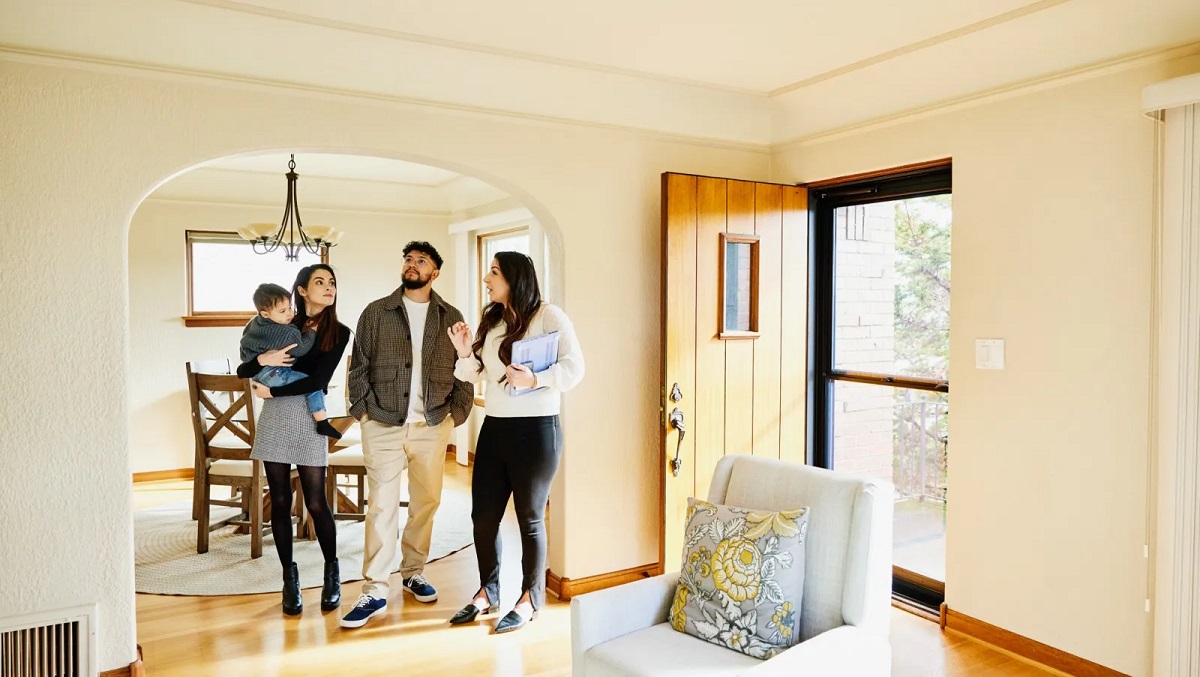



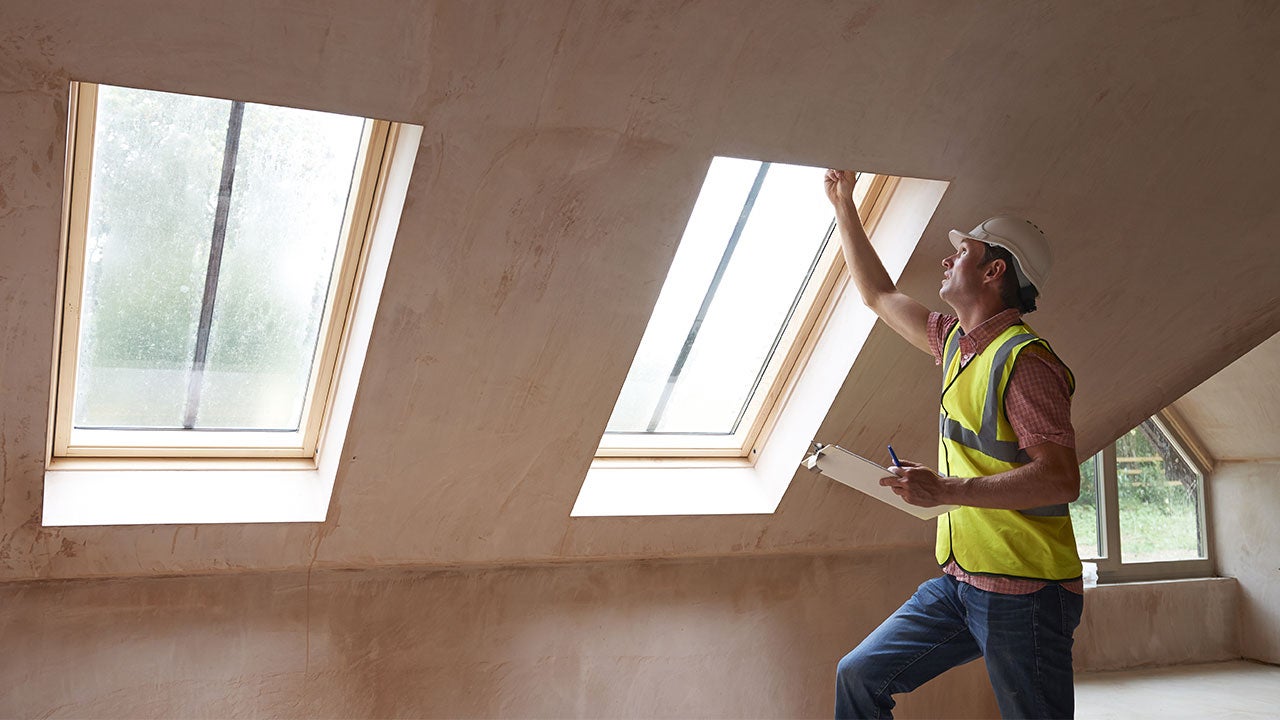

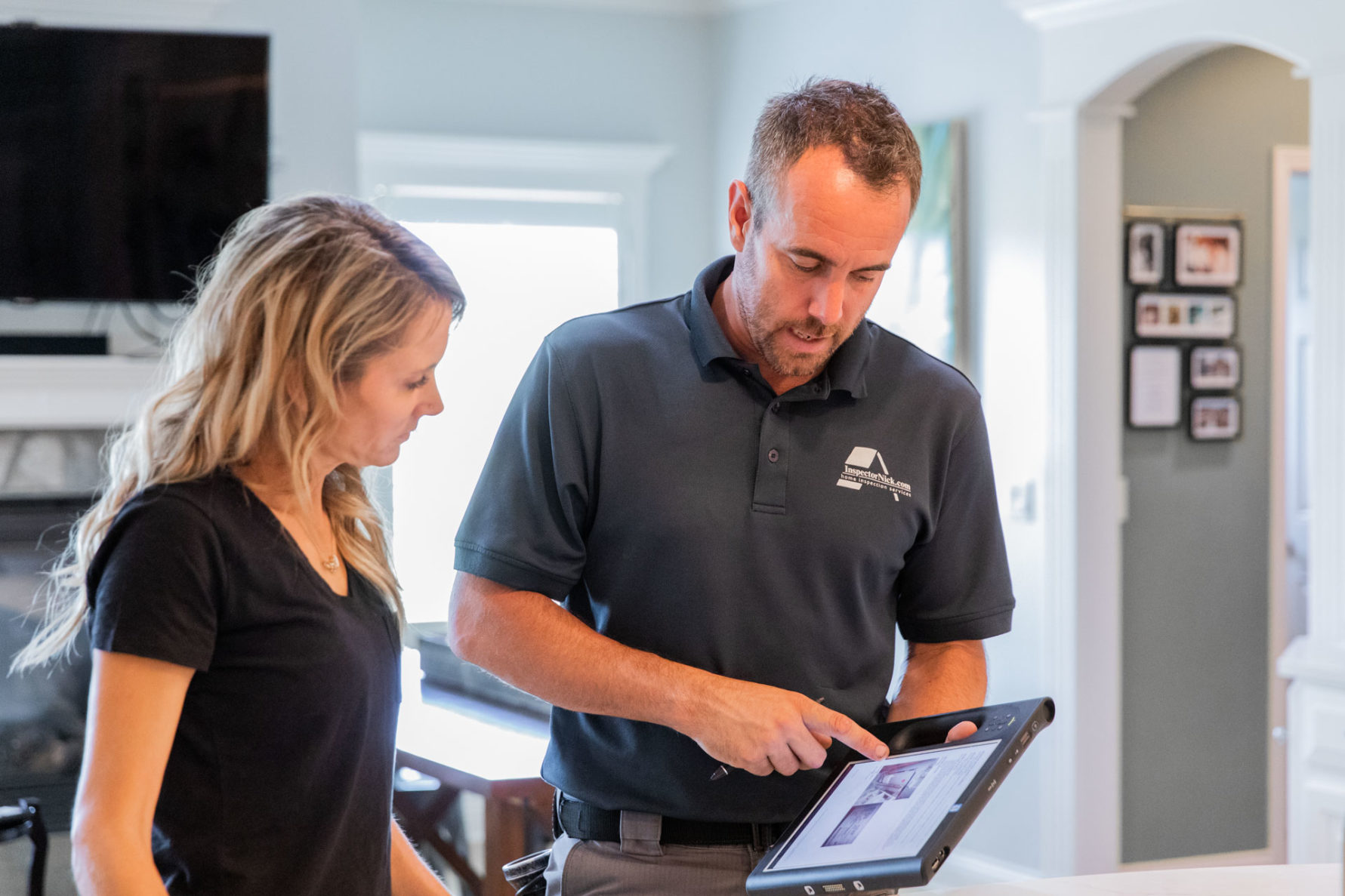
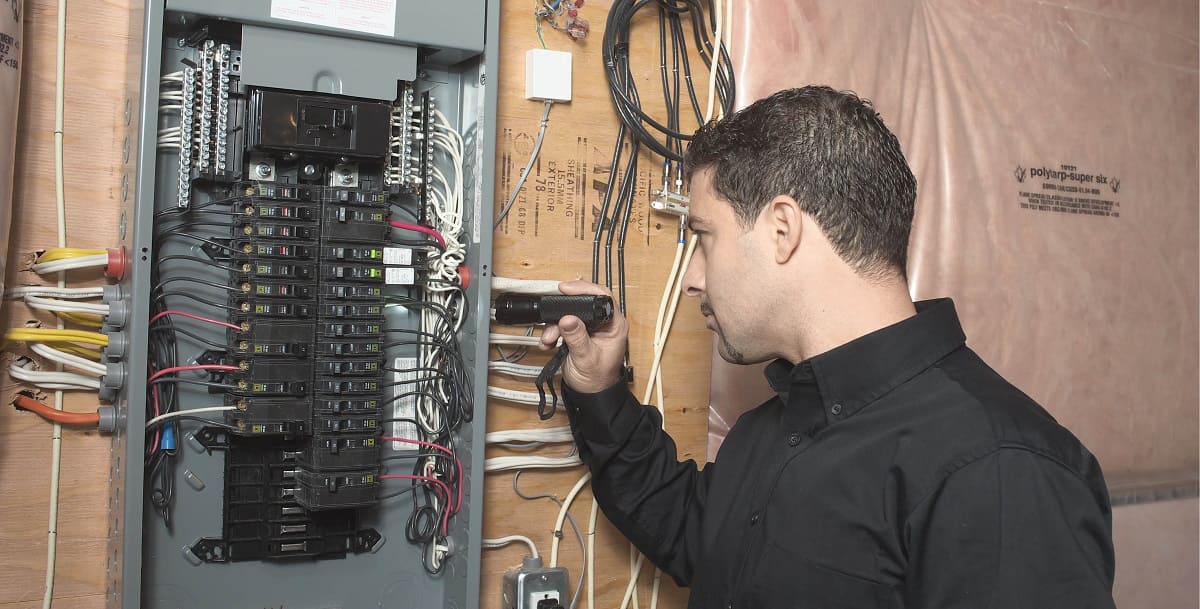

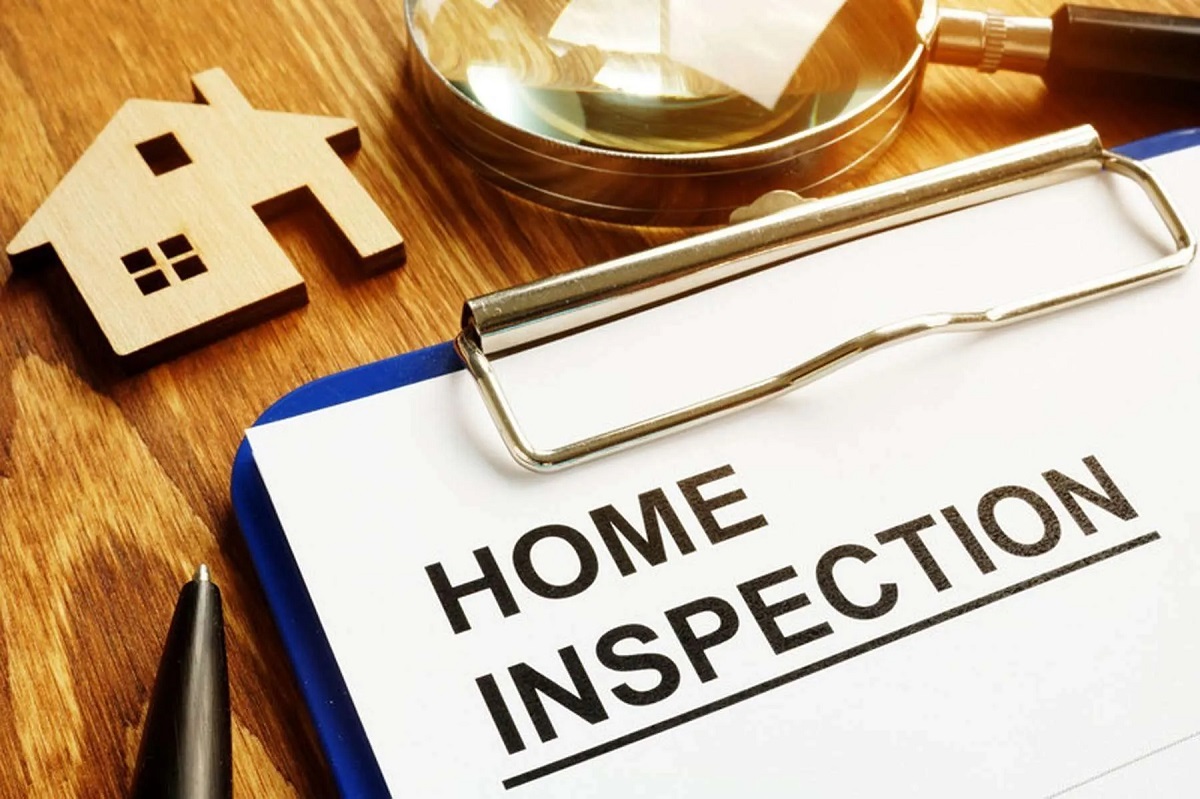

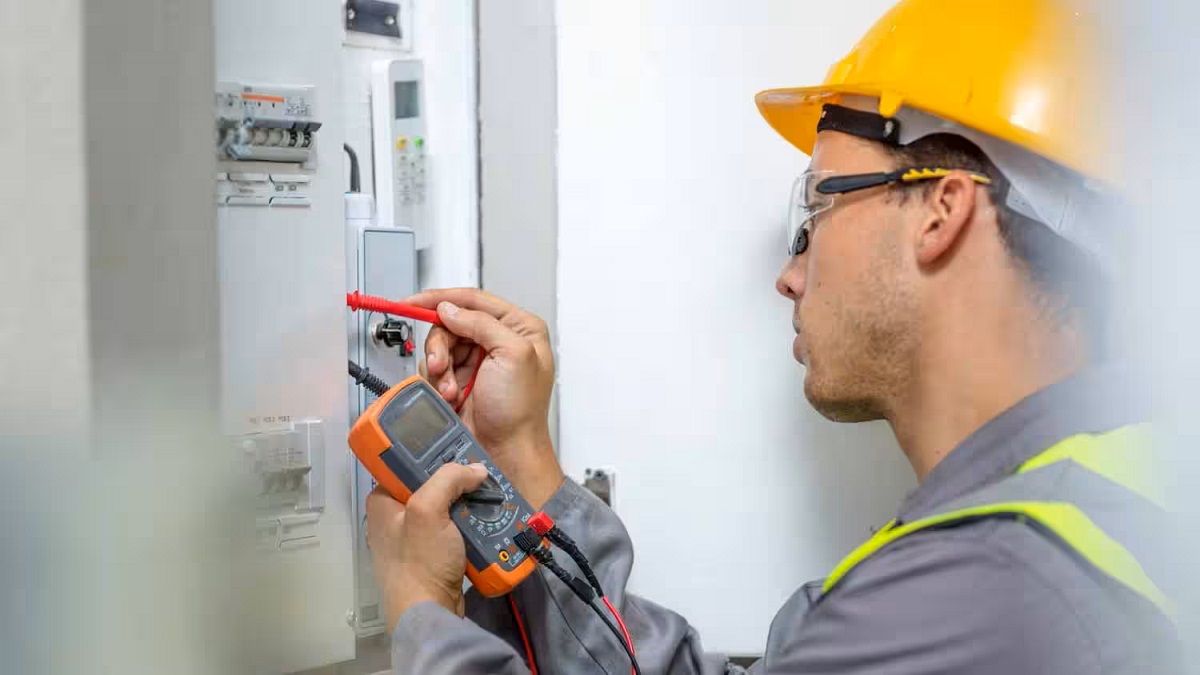

0 thoughts on “What To Do If The Buyer Doesn’t Like The Home Inspection”